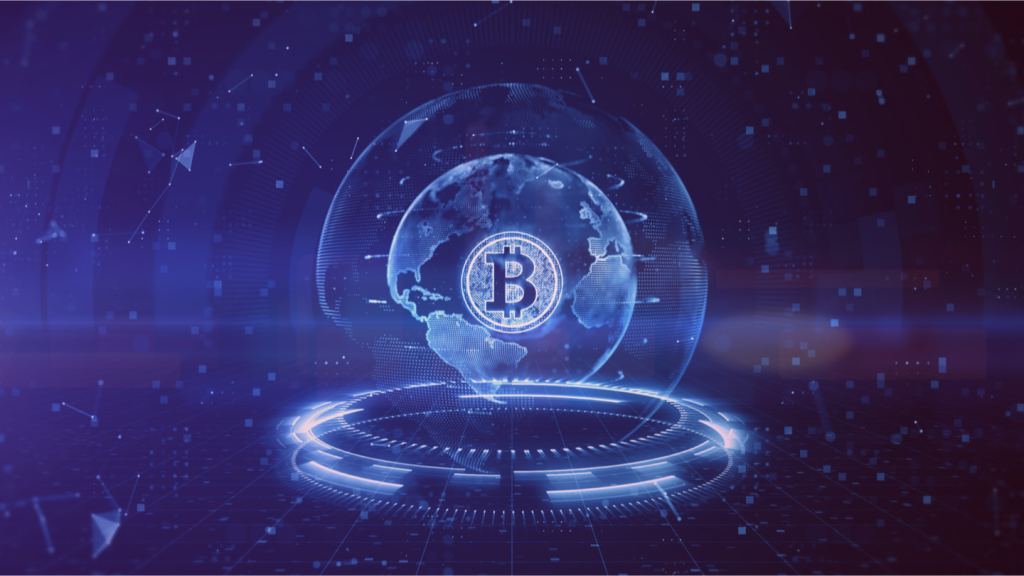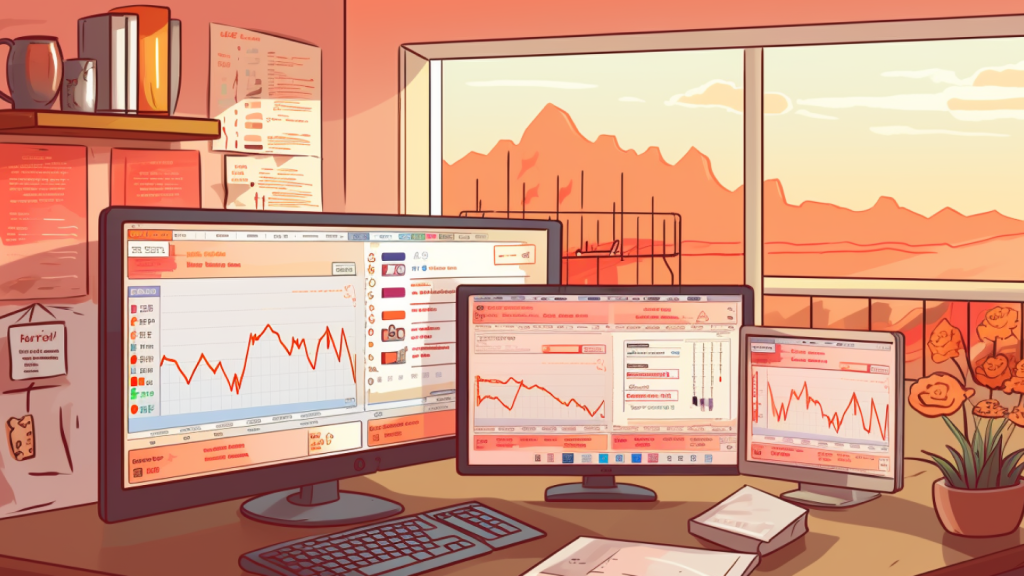Application modernization techniques to vouch for
Application modernization is summed up as the process of identifying existing legacy applications and modernizing their infrastructure, internal architecture, and/or features. Most of the legacy applications are either monolithic, or on-premise that are maintained using waterfall development processes. But, with modern day technology, those applications can be moved to microservices, cloud or modernized using several techniques.
Why application modernization in the first place?
Legacy applications are often complex, difficult to update and expensive to scale. Even if one component of an app is facing load and performance challenges, it becomes necessary to scale up the entire app only to serve the most-demanding single component. This approach comes with considerable wasted compute.
But modernizing such apps has far-reaching consequences, from improving the velocity of new feature delivery, to exposing the functionality of existing applications and re-platforming applications from on-premises to cloud.
However, the key to success in application modernization comes down to primarily two tenets: strategy and picking those projects where modernization offers the given application a clear path to improved customer experience and ROI.
Techniques of App Modernization
From monolith to microservices
The most common technique of application modernization involves refactoring and breaking down a monolithic application into a collection of small, loosely coupled microservices.
Strangler pattern can be one approach in this space. Here, instead of breaking down the monolith all at once, it is about taking the application apart bit by bit, pulling out the easiest and most valuable parts first, and as this approach progresses, eventually there’s nothing left of the monolith.
Cloud migration
3 approaches to shift on-premise to cloud:
Lift and shift
It requires no code or architecture changes and involves simply putting an application into the cloud using its current deployment architecture on new “hardware.” This popular option is available to enterprises following the emergence of infrastructure-as-a-service in both public and private clouds.
Rebuild/refactor
The process of moving the application to a public cloud and rearchitecting it is termed as refactoring. It is done to take advantage of native cloud technologies, such as platform-as-a-service. This requires significant code changes and is a long-term investment.
Re-platform
Re-platforming applications is the middle-ground approach between lift-and-shift and refactoring and typically involves making “easy” changes to the application architecture — such as changing the way the app interacts with its database to take advantage of serverless database cloud services.
Screen Scraping
Screen scraping is a modernization technique that involves enhancing the presentation of your legacy applications. A tool is used as a conduit between your legacy application and a modern display which captures the original screen content from the application and updates it to display in a browser.
New User Interface
Building a new user interface is another way to modernize your legacy application. By building a new UI, you can replace the original legacy screen with a user interface that enhances its usefulness. It offers you the flexibility to decide what should be displayed – customer details, past purchases, order entry screen etc to make the UI even more efficient.
Callable Services
Every business strives to make itself available to both existing and new applications. Turning legacy applications into callable services makes this possible. Callable services are discrete sets of programmed logic that other programs can use. These applications interact and share information with other applications. In addition, you can retain your legacy business functions and reuse them in other applications.
Functions like discount calculations and retrieving customer orders fall into callable services.
Expose functionality via APIs
Finally, another approach to modernization can involve leaving an application in place but securely exposing its functions or data via APIs. This approach, based more heavily on integration than migration, enables new, cloud native applications to simply take advantage of the capabilities of existing systems and data.
Last but not the least, get rid of the app and buy a new one!
The final approach is to get rid of your legacy application and buy a SaaS one off the shelf that you can customize.









